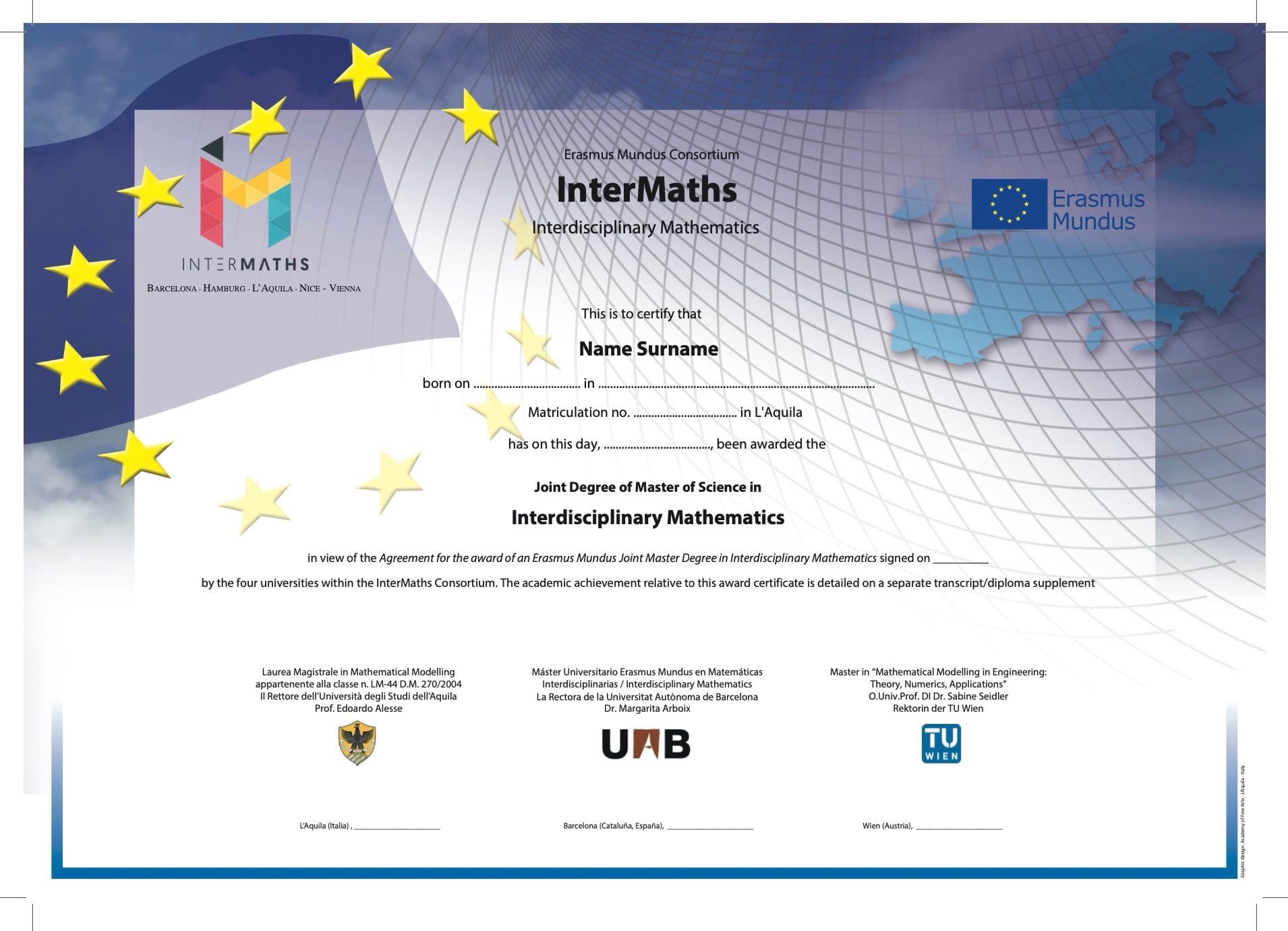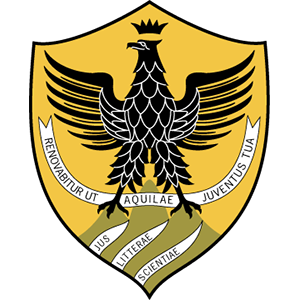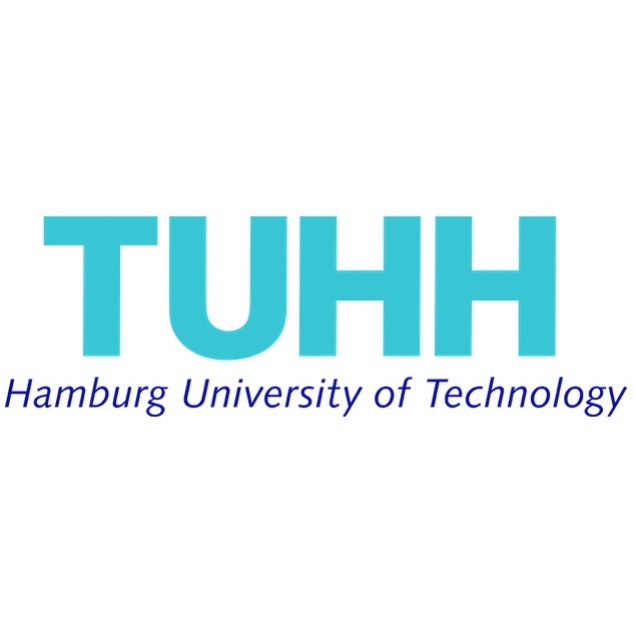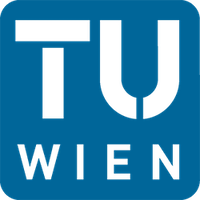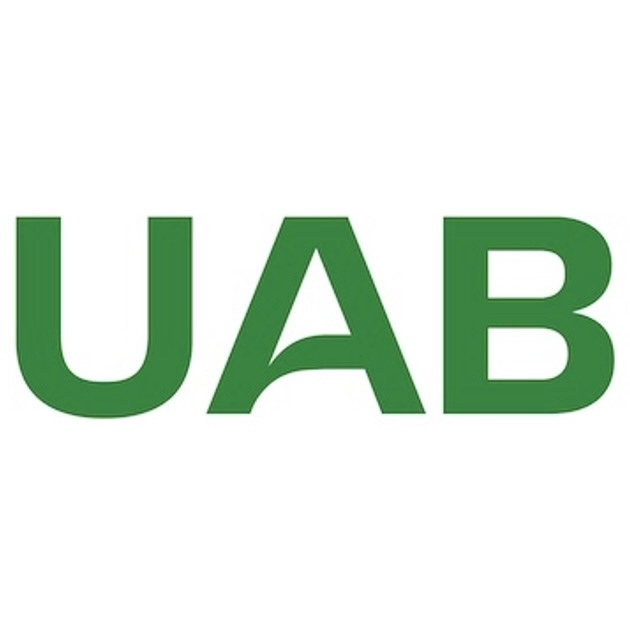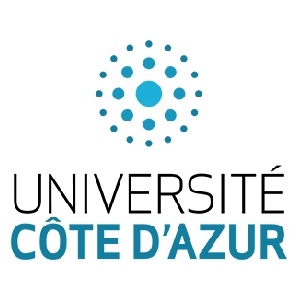
Year 2 in Hamburg
Computational methods in biomedical imaging
#ABOUT
Year 2 in Hamburg;
Computational methods in Biomedical Imaging
The course “Computer Tomography“ is taught by Armin Iske, who is affiliated with UHH and associated with UKE. It covers the mathematical instruments involved in the process of transforming data into images with a particular focus on CT and MRI, such as Radon transform, back projection, algebraic reconstruction and kernel-based reconstruction. This is complemented by the course “Medical Imaging“, which is taught by Tobias Knopp, who has a double appointment at TUHH and UKE. This course is geared towards both the underlying physics of imaging as well as the respective numerical algorithms and their efficient implementation. Furthermore, the course “Mathematical Image Processing“, taught by M. Lindner from the Institute of Mathematics at TUHH, deals with concepts of image processing and their mathematical background such as denoising, edge detection, deconvolution, inpainting, segmentation and registration. On the other hand, the course “Intelligent Systems in Medicine“, taught by A. Schlaefer from the Institute of Medical Technology, provides another perspective by addressing topics such as kinematics, tracking systems, navigation and image guidance in clinical contexts. The application-oriented course “Case studies in medical imaging“, supervised by Anusch Taraz (the local coordinator at TUHH) and Ingenuin Gasser from UHH, brings to bear the newly achieved techniques by applying them in specific, realistic situations.
Overall, the specialisation track “Computational methods in biomedical imaging“ is founded on the close interaction between TUHH and UHH together with UKE, which is strengthened even further by the Hamburg research center on medical technology (FMTHH), where many scientists (including all of those mentioned above) run joint research projects in the areas of biomobility, networked implants and imaging. Students in this track will benefit thoroughly from this active research environment. Moreover, they can make use of the ample opportunities to write their thesis in cooperation with one of the companies working on medical technology, such as Jung Diagnostics and Basler.
September 2026
🎓 Graduation
#Year 2 in Hamburg EMJMD InterMaths Study Track
Computational methods in Biomedical Imaging;
ECTS Credits: 6 | Semester: 1 | Year: 2 | Campus: Hamburg University of Technology | Language: English
Unit Coordinator: Dr. Jens-Peter M. Zemke
Content:
Reading list:
Skript
Online-Werke:
ECTS Credits: 6 | Semester: 1 | Year: 2 | Campus: Hamburg University of Technology | Language: English
Unit Coordinator: Marko Lindner
Aims:
Students are able to characterize and compare diffusion equations, explain elementary methods of image processing, explain methods of image segmentation and registration, sketch and interrelate basic concepts of functional analysis.
Content:
Pre-requisites:
Reading list:
Will be announced in the lecture
#Final Semester Dissertation;
The thesis topic can be proposed by the track coordinator or by the student. In any case, the local coordinator has the responsibility to provide an advisor. The student’s taste and expectations are met whenever possible. The student must write a short thesis project, with the help of her/his advisor, to be submitted to the Executive Committee, which has to approve the thesis project before its formal start. The thesis topic will preferably deal with a problem proposed by a private company, if possible chosen among the Consortium Industrial Partners.
The final master’s degree examination, while respecting the local regulations, will consist as a general rule in two parts: an oral examination on the topic of the thesis, and the defense of the thesis.
In this examination the candidate will be required to demonstrate good knowledge of his/her specialization track and a capability for working independently and solving problems on experimental, numerical, technological, design or modelling applications. The semester may include an internship within a collaborating company or institution. In this case, a tutor from the involved partner and an academic supervisor will be appointed.
Students who have satisfied all the requirements of the degree programme will be awarded a Joint Master Degree in Interdisciplinary Mathematics by the Universities where the student has spent at least one semester.


